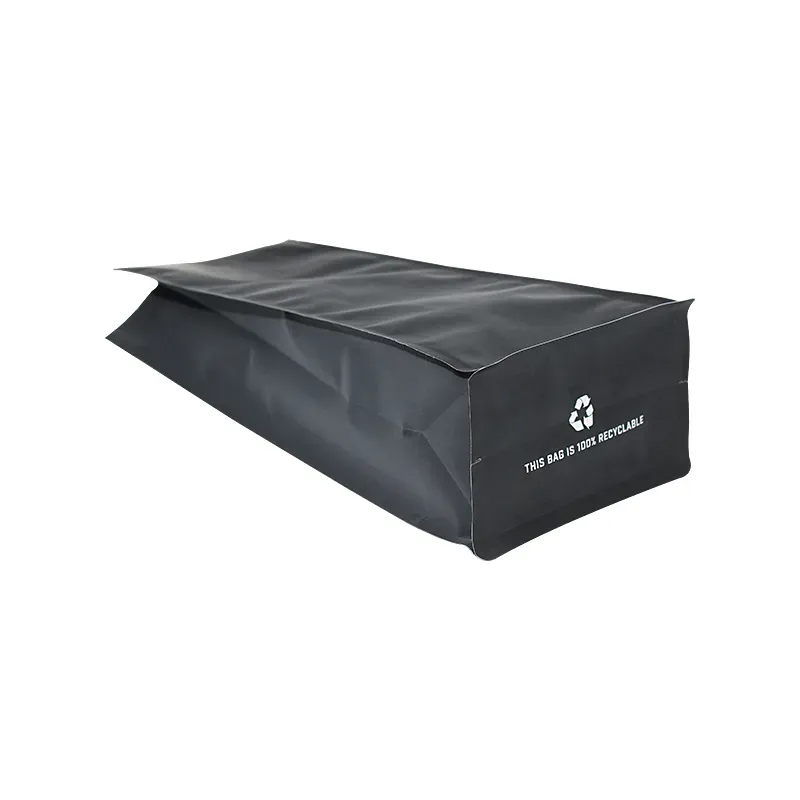- Afrikaans
- Albanian
- Amharic
- Arabic
- Armenian
- Azerbaijani
- Basque
- Belarusian
- Bengali
- Bosnian
- Bulgarian
- Catalan
- Cebuano
- chinese_simplified
- chinese_traditional
- Corsican
- Croatian
- Czech
- Danish
- Dutch
- English
- Esperanto
- Estonian
- Finnish
- French
- Frisian
- Galician
- Georgian
- German
- Greek
- Gujarati
- haitian_creole
- hausa
- hawaiian
- Hebrew
- Hindi
- Miao
- Hungarian
- Icelandic
- igbo
- Indonesian
- irish
- Italian
- Japanese
- Javanese
- Kannada
- kazakh
- Khmer
- Rwandese
- Korean
- Kurdish
- Kyrgyz
- Lao
- Latin
- Latvian
- Lithuanian
- Luxembourgish
- Macedonian
- Malgashi
- Malay
- Malayalam
- Maltese
- Maori
- Marathi
- Mongolian
- Myanmar
- Nepali
- Norwegian
- Norwegian
- Occitan
- Pashto
- Persian
- Polish
- Portuguese
- Punjabi
- Romanian
- Russian
- Samoan
- scottish-gaelic
- Serbian
- Sesotho
- Shona
- Sindhi
- Sinhala
- Slovak
- Slovenian
- Somali
- Spanish
- Sundanese
- Swahili
- Swedish
- Tagalog
- Tajik
- Tamil
- Tatar
- Telugu
- Thai
- Turkish
- Turkmen
- Ukrainian
- Urdu
- Uighur
- Uzbek
- Vietnamese
- Welsh
- Bantu
- Yiddish
- Yoruba
- Zulu
Long-Term Storage Solutions for Bulk Food Items and Their Best Practices
Bulk Food Long-Term Storage A Comprehensive Guide
In recent years, the concept of bulk food storage has gained popularity among health-conscious individuals and those looking to save money. Long-term storage of bulk foods not only provides a food safety net during uncertain times but also encourages sustainable living. Whether you're prepping for emergencies or simply want to optimize your pantry, understanding the best practices for long-term storage is essential.
Choosing the Right Foods
When selecting foods for long-term storage, it is crucial to focus on items that have a long shelf life, nutritional value, and versatility. Some of the best candidates include
1. Grains Rice, quinoa, oats, and wheat are excellent staples that can be stored for years when kept dry and sealed. Brown rice has a shorter shelf life than white rice due to its oil content, so if you're seeking longevity, prefer the latter.
2. Legumes Dried beans, lentils, and peas are packed with protein and fiber. They typically last up to 30 years if stored correctly.
3. Dehydrated or Freeze-Dried Foods These retain most of their nutrients and flavors. Options include fruits, vegetables, and even complete meals that can be rehydrated.
4. Sugars and Salts Sugar has an indefinite shelf life when stored properly, while salt is a natural preservative that can enhance the longevity of other foods.
5. Canned Goods While not technically bulk in the same sense, canned foods are convenient and last for several years. Look for low-sodium options to keep your meals healthier.
Storage Conditions Matter
The key to successful long-term food storage lies in the conditions under which you store your items
. Here are some important factors to consider1. Temperature Ideally, foods should be stored in a cool, dry place. The optimal temperature for most bulk foods is between 50°F to 70°F (10°C to 21°C). Higher temperatures can lead to quicker spoilage.
bulk food long term storage

2. Moisture Control High humidity can cause mold growth and spoilage. Use moisture absorbers or place desiccants in storage containers to maintain dry conditions.
3. Light Exposure Light can degrade certain foods over time. Store your bulk food in opaque containers or in dark cupboards to shield them from light.
4. Pest Prevention Ensure that your storage area is pest-proof. Use airtight containers to keep insects and rodents away. Regularly inspect your supplies for any signs of infestations.
Packaging for Long-Term Storage
Using the right packaging is crucial for extending shelf life. Here are some commonly used methods
1. Mylar Bags These are excellent for storing grains and legumes. They provide a barrier to sunlight and oxygen, significantly extending shelf life.
2. Food-Grade Buckets For larger quantities, food-grade plastic buckets with airtight lids are a great choice. Ensure they are clean and dry before use.
3. Vacuum Sealing Vacuum-sealing foods removes all the air, thus preventing oxidation and freezer burn, making it a suitable method for long-term storage of meats and dry goods.
Rotation and Usage
Finally, practice the “first in, first out” principle. Label all items with the purchase date, and use older products before newer ones. Regularly check your supplies to ensure nothing is nearing its expiration, thus minimizing food waste.
In conclusion, bulk food long-term storage is not merely about filling your pantry with essentials; it’s about being prepared for the future while embracing a cost-effective, sustainable way to eat. With the right approach, you can create a well-stocked reserve of nutritious food that will serve you and your family for years to come. Whether you’re new to bulk buying or a seasoned prepper, understanding these principles will help you make informed decisions and safeguard your provisions.













